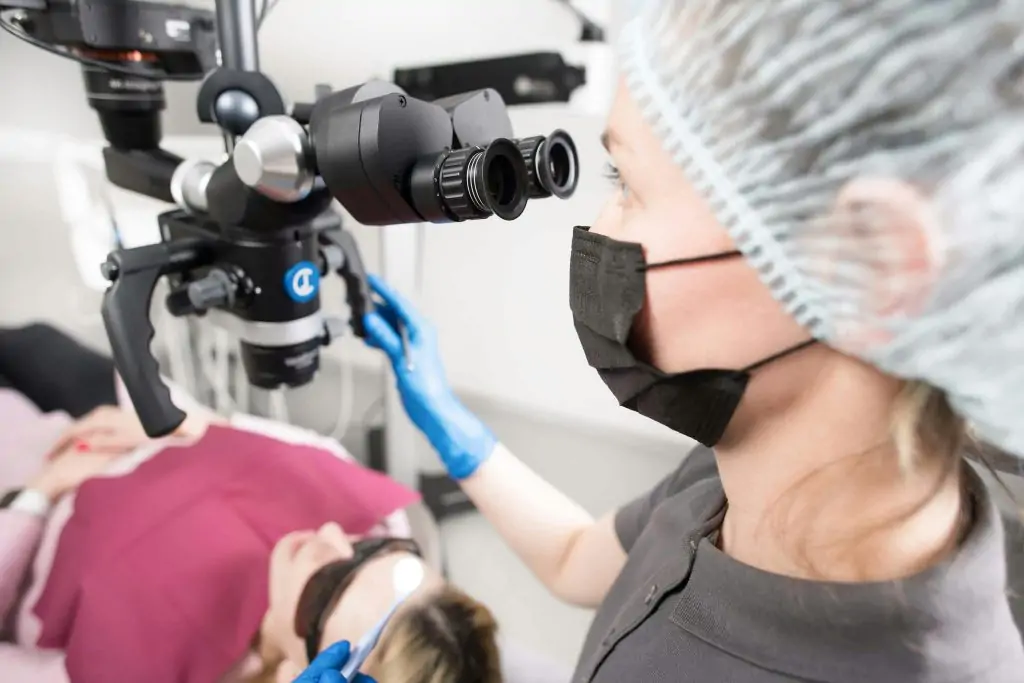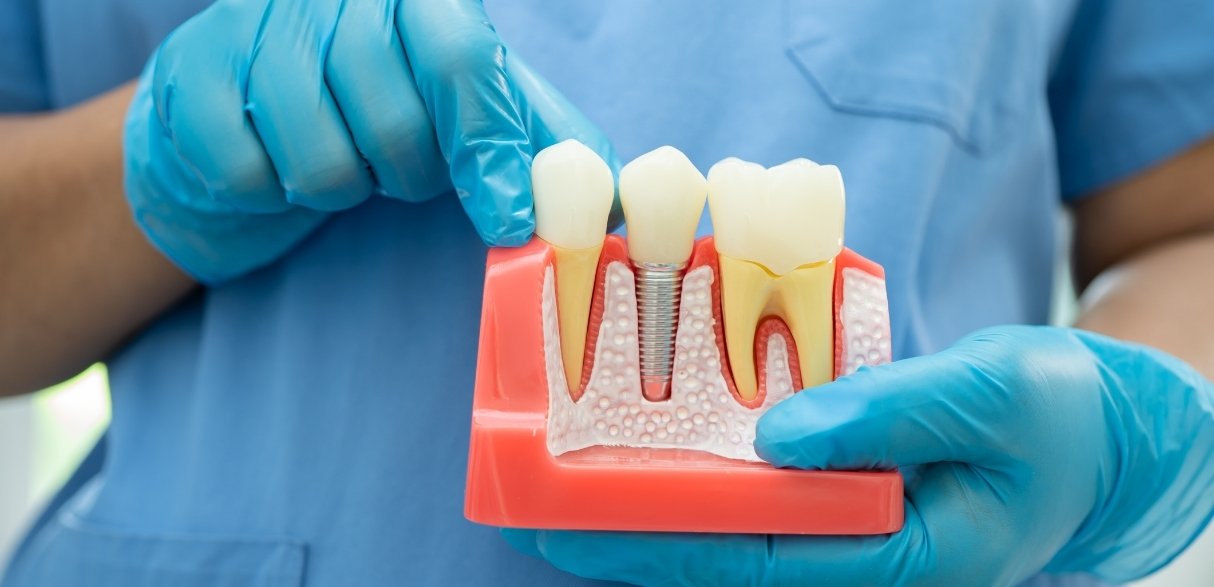
Root canal therapy often comes with many uncertainties and misconceptions, especially if facing this procedure for the first time. In Edmonton, advancements in dental technology and techniques have significantly transformed root canal treatments into a much less daunting experience than they used to be. This comprehensive guide aims to demystify root canal therapy, shedding light on what it involves, its benefits, the process, and what you can expect during and after the procedure in the Edmonton area. We aim to provide you with all the information you need to approach your treatment confidently and efficiently.
Understanding Root Canal Therapy
A dental procedure called endodontic therapy sometimes referred to as root canal therapy, is used to treat infections in teeth’s root canal systems. When the pulp of your tooth composed of blood vessels and nerves becomes infected due to decay, a deep filling, or dental trauma, it is frequently required. Preserving the tooth, minimizing discomfort, and preventing the infection from worsening are the three primary goals of root canal therapy.
Why Root Canal Therapy is Essential
Ignoring a tooth that needs a root canal can result in excruciating pain, an abscess, and possibly even tooth loss if the illness spreads. Undergoing root canal therapy in Edmonton can help:
- Save Your Tooth: The procedure allows you to retain your natural tooth, maintaining your natural smile and preventing the need for dental implants or bridges.
- Stop the Spread of Infection: By removing the infected pulp, root canal therapy stops the infection from spreading to other teeth or into your jawbone.
- Eliminate Pain: Modern root canal treatments are performed with advanced techniques and anesthesia, making the procedure as painless as possible and relieving the pain caused by the infection. Learn more about oral surgery in Alberta.
The Root Canal Procedure in Edmonton
The process for a root canal in Edmonton generally follows these steps, ensuring a thorough and comfortable experience:
Initial Consultation and Diagnosis
The first step in the procedure is a comprehensive examination performed by your dentist, a general dentist, or an endodontist (a dentist who treats teeth inside). This evaluation frequently entails taking X-rays to decide the best course of action for therapy and to analyze the infection’s degree accurately. The objective is to determine whether a root canal is required and to assess the condition of the tooth’s pulp, which houses blood vessels and nerves.
Anesthesia
To guarantee that the root canal treatment is painless, local anesthetic is used to numb the damaged tooth and the surrounding gum tissue. This step is crucial for patient comfort, making the procedure no more uncomfortable than getting a filling.
Accessing the Pulp
After administering anesthesia, the endodontist or dentist creates a tiny puncture in the tooth’s crown the upper portion visible in the mouth to reach the pulp that is either injured or infected.
Removing the Infected Pulp
Using specialized instruments, the dentist carefully extracts the inflamed pulp from the inside of the tooth. This includes cleaning out the root canal(s) (the pathways within the tooth containing the pulp) with precision to remove all the infected material.
Cleaning and Shaping the Canals
The canals are cleaned and disinfected to get rid of any bacteria that may have remained after the infected pulp has been removed. They are then shaped to prepare them for the filling material. This step is essential for preventing future infections and ensuring the canals are adequately sealed.
Filling the Canals
Gutta-percha, a biocompatible material that resembles rubber, is typically used to fill the canals once they have been cleansed and formed. This material is used to fill the space where the pulp was, effectively sealing the canals to prevent bacteria from entering in the future.
Restoring the Tooth
After the root canal therapy, the tooth needs to be restored to its full function and appearance. This usually involves placing a crown on the tooth to protect and restore its strength, as a tooth can become more fragile after a root canal. The crown also helps to prevent the tooth from breaking and improves its appearance.
Aftercare and Recovery
Recovery from root canal therapy in Edmonton is usually straightforward. You may experience some sensitivity or discomfort in the treated area, which can be managed with over-the-counter pain relievers. It’s critical to adhere to your dentist’s aftercare recommendations, practice proper oral hygiene, and refrain from chewing on the treated tooth until it has been completely restored with a crown or permanent filling.
Choosing the Right Dental Professional
Choosing an experienced dentist or endodontist is crucial for root canal therapy in Edmonton. Look for professionals specializing in endodontic treatment and utilizing the latest technologies for a more comfortable and effective procedure. Many dental practices in Edmonton offer advanced root canal treatments with state-of-the-art equipment, ensuring the best possible outcomes for their patients.
Conclusion
Root canal therapy doesn’t have to be a source of anxiety. With the correct information and the advanced dental care available in Edmonton, you can undergo this procedure knowing you’re in good hands. Remember, the primary goal of root canal therapy is to save your teeth and alleviate pain, allowing you to maintain your natural smile. If you’re experiencing tooth pain or have been told you need a root canal, contact a trusted dental professional in Edmonton to discuss your options and get the care you need.




